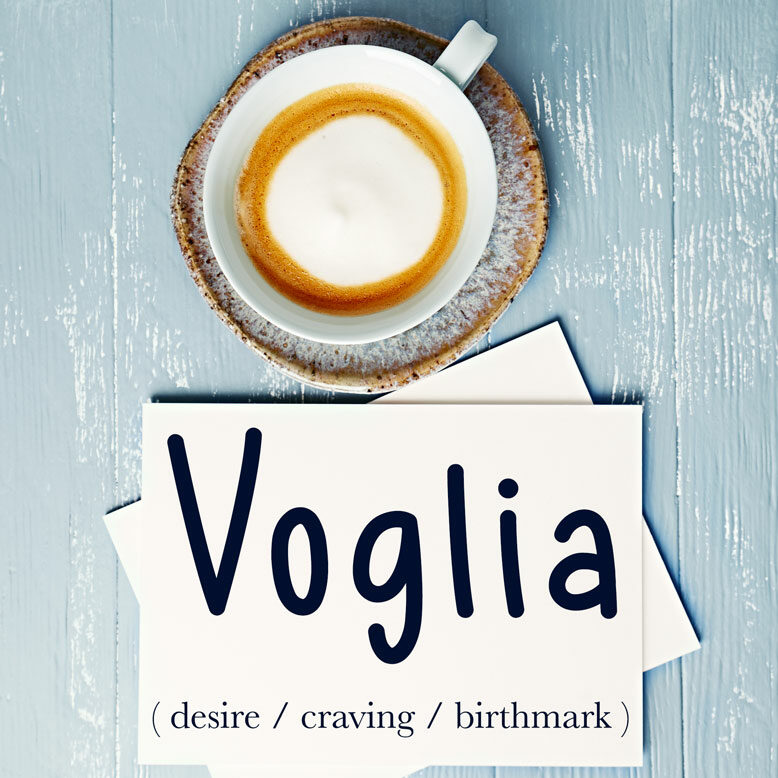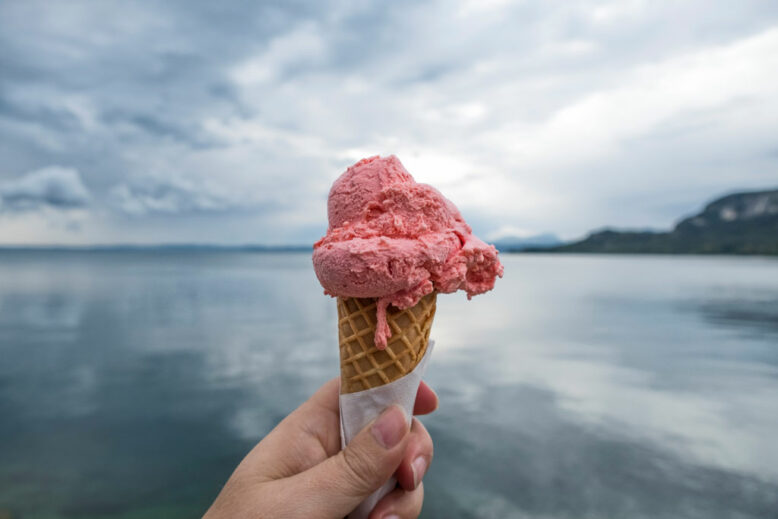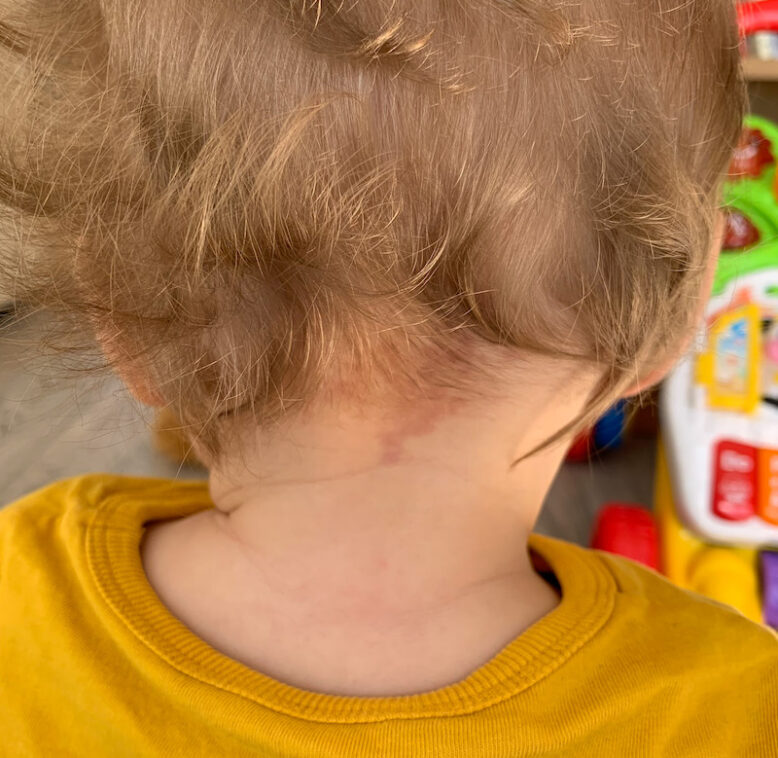Voglia is a frequently used Italian noun that has various translations depending on the context, including desire, craving, longing or wish. Fewer people know that it also means birthmark, as we’ll discover further down. The word comes from the verb volere (to want).

Voglia is a feminine noun. The plural is voglie.
la voglia
una voglia
le voglie
delle voglie
Most of the time, you’ll hear voglia preceded by the auxiliary verb avere (to have) and followed by the preposition di. For example, in the first-person singular, we have:
(io) ho
voglia
di
It is tempting to translate the form above as I want in English, but that would not be entirely correct. Avere voglia (di) is more about one’s disposition to do something, or the impulsive desire to do something.
Furthermore, the verb to want can also be used in a commanding way (I want chocolate, now!). In Italian, you would use the verb volere for that (Voglio del cioccolato, adesso!) rather than avere voglia.
In short, avere voglia di translates better as to have a desire / longing / craving (for something), or to feel like / to wish (to do something). Let’s see a few examples:
- Ho voglia di un gelato al cioccolato = I have a craving for chocolate ice cream
- Non ho voglia di studiare adesso = I don’t feel like studying now / I don’t wish to study now
- Ho voglia di fare una passeggiata nel bosco = I am longing for a walk in the woods
Ho voglia di mangiare una pizza stasera. Andiamo a cena fuori?
I have a craving for pizza tonight. Should we go out for dinner?

The intensity of your desire can be strengthened with expressions such as:
- avere proprio voglia di qualcosa = to have a real desire for something
- avere una voglia matta di fare qualcosa = to have a crazy desire to do something
- morire dalla voglia di fare qualcosa = to be dying to do something
If your desire is more moderate, you could use the conditional tense of the verb avere:
- (io) avrei voglia di un gelato al cioccolato = I would like a chocolate ice cream / I feel like a chocolate ice cream
- (io) avrei voglia di fare una passeggiata = I would like to go for a walk / I feel like going for a walk
In its plural form, voglie can mean tantrum when talking about a child (un bambino pieno di voglie = lit. a kid full of tantrums) or it can refer to sexual desire (soddisfare le proprie voglie = to satisfy one’s lust). Concerning the latter, there is also the phrase ho voglia di te (lit. I have a desire for you).
Then we have the expression Hai voglia a / di which is used to say that it is useless to insist on doing or saying something.
Hai voglia a parlare per due ore, tanto nessuno ti dà retta.
You can talk for hours if you want, but no one will listen to you.
Other expressions with the word voglia are:
- fare qualcosa contro voglia / di mala voglia = to do something reluctantly
- levarsi / togliersi la voglia di qualcosa = to satisfy one’s desire completely
- restare con la voglia in corpo = to not be able to satisfy a desire

When talking about the plural voglie, I skippedthe idiomatic expression avere le voglie, which refers to the sudden craving that pregnant women experience for a specific food or drink. This expression is at the heart of another definition of voglia, and one that not many people know about: birthmark. Because it was thought that birthmarks were the result of unsatisfied cravings in pregnant women, the word voglia in time came to denote a birthmark.
For example, it was thought that a strawberry birthmark (voglia di fragola) was the result of a pregnant woman failing to satisfy her craving for strawberries!
Mio figlio ha una voglia di fragola sulla nuca.
My son has a strawberry birthmark on the back of his neck.

Some other types of birthmarks include:
- chiazze salmone = salmon patches
- macchie mongoliche = Mongolian spots
- macchie caffellatte = café au lait spots
- nevi vinosi = port-wine stains
Did you know that…?
It is believed that 80% of people are born with a birthmark. Some of these skin marks remain for the duration of a person’s life, while others disappear over time.
Heather Broster is a graduate with honours in linguistics from the University of Western Ontario. She is an aspiring polyglot, proficient in English and Italian, as well as Japanese, Welsh, and French to varying degrees of fluency. Originally from Toronto, Heather has resided in various countries, notably Italy for a period of six years. Her primary focus lies in the fields of language acquisition, education, and bilingual instruction.


